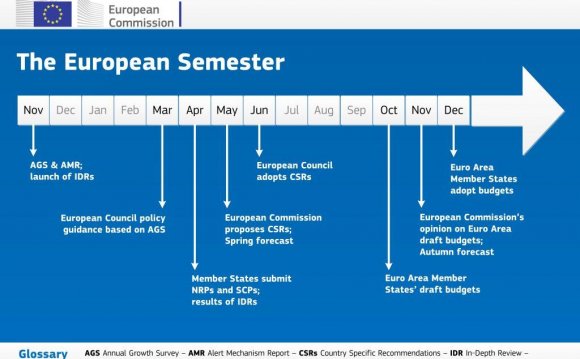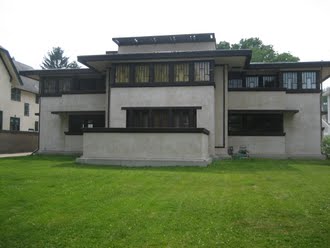
Historic eras are visible in the present day through their architectural remains. We experience the layers of history when we stand in a prehistoric stone circle in the Cotswolds and look over to our car parked on the nearby road. The Cotswolds have been settled since Prehistoric times and all the historic eras have left something for us to see.
Many guidebooks describe a time period as "Georgian" or a church as "Norman with a Perpendicular tower" assuming the reader knows these terms for historical periods and architecture. The main periods of history and architecture in Britain are listed here. (I know that we all know this, but I still get confused by the term "century". For example, the 17th century refers to the years from 1600 - 1699.)
Timelines Through British History and Architecture
- Prehistoric, up to 42 AD: Includes the Neolithic and Bronze Ages and the Iron Age (700 BC to 42 AD). There are prehistoric sights in the Cotswolds and nearby - stone circles (Stonehenge, Avebury, Rollright Stones), long barrows (Belas Knap), hill drawings (Wiltshire), hill forts.
- Roman, AD 43 - 410: The Roman era started when Emperor Claudius ordered the invasion of Britain and lasted for nearly four hundred years until the Romans removed their troops to fight in other parts of the empire. Cirencester and Bath were large Roman centers and have Roman remains (Roman Baths in Bath, Corinium Museum in Cirencester, Chedworth Roman Villa).
- Anglo-Saxons, 410 - 1065: After the Romans left the Anglo-Saxons and Vikings invaded. There are only a few Anglo-Saxon remains in and near the Cotswolds (Holy Rood in Daglingworth, Saxon carving in Notgrove).
- Normans, 1066 - 1154: After the Battle of Hastings in 1066, won by the Duke of Normandy (France), four Norman kings ruled the country - William I and II, Henry I, Stephen. The Domesday Book, a record of English land-holding, was published in 1086. Many Cotswolds churches have Norman origins and some of these parts remain (St John in Elkstone, Malmesbury Abbey, St Peter in Windrush). Norman architecture is also called Romanesque.
- Middle Ages (Medieval), 1154 - 1485: The Middle Ages were ruled by Plantagenets, starting with Henry II and ending with Richard II, then by the House of Lancaster (Henry IV, V, VI) and the House of York (Edward IV, V, Richard III). Medieval castles, abbeys and tithe barns remain (Sudley Castle and Hailes Abbey near Winchcombe, Great Coxwell Barn near Faringdon, Bradford-on-Avon Tithe Barn). The style of Gothic Architecture started in the Middle Ages and went into the Tudor era (1180 - 1520). It is broken down into three eras: Early English 1180 - 1275, Decorated 1275 - 1380 and Perpendicular 1380 - 1520. Many of the Cotswold Wool Churches are in the Perpendicular style (Cirencester, Chipping Campden).
- Tudors, 1485 - 1603: The Tudor Kings and Queens are Henry VII, his son Henry VIII and his three children Edward VI, Mary I and Elizabeth I. Jane Grey ruled for a brief time after Edward VI. Tudor architecture shows in the distinctive black and white timber/plaster houses built during the reign of Henry VIII. There are good examples of these in Herefordshire, with a few remaining in the Cotswolds. The Elizabethan period...

 The Frank Lloyd Wright/Prairie School of Architecture Historic District is a residential neighborhood in the Cook County, Illinois village of Oak Park, United States. The Frank Lloyd Wright Historic District is both a federally designated historic district listed on...
The Frank Lloyd Wright/Prairie School of Architecture Historic District is a residential neighborhood in the Cook County, Illinois village of Oak Park, United States. The Frank Lloyd Wright Historic District is both a federally designated historic district listed on...








